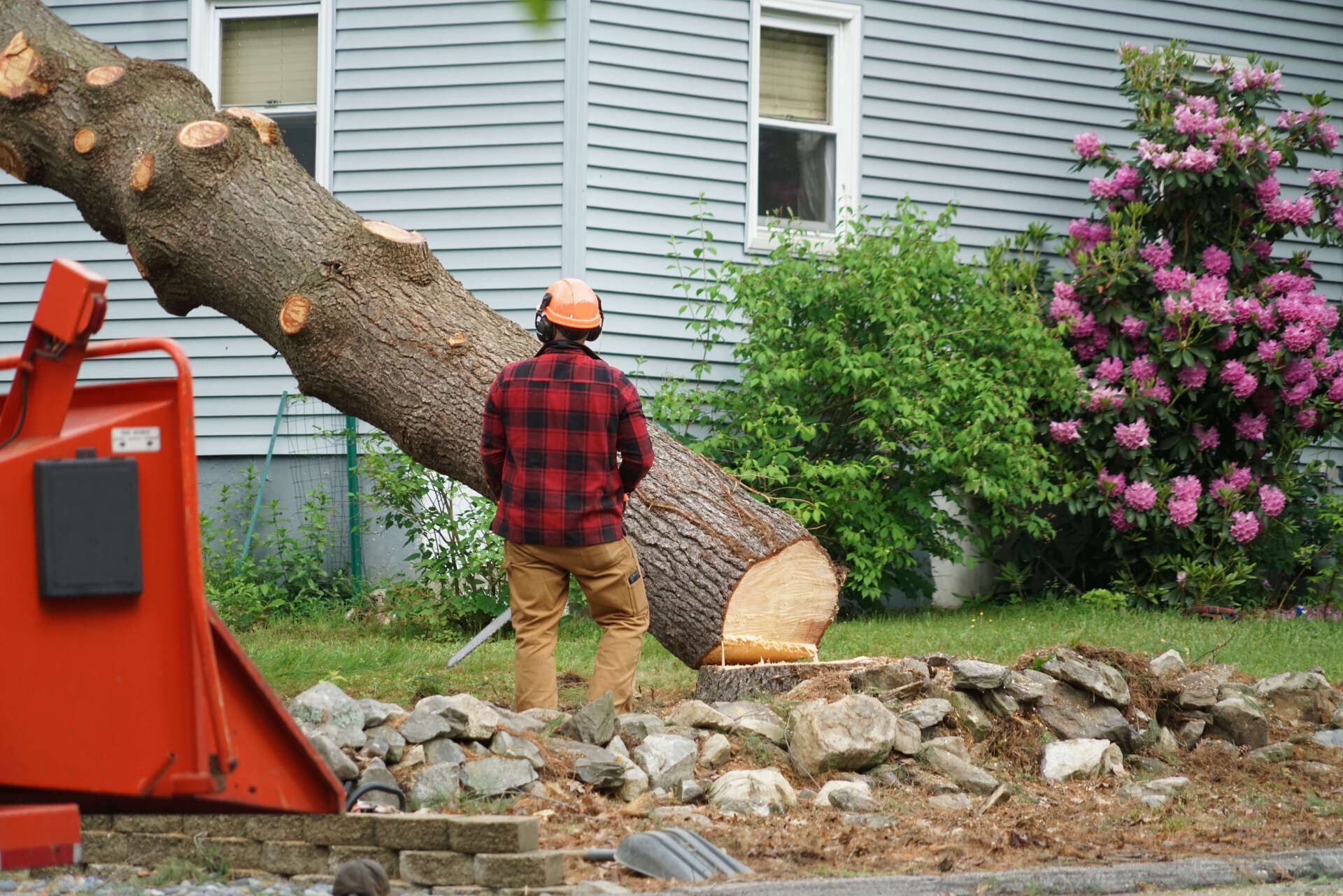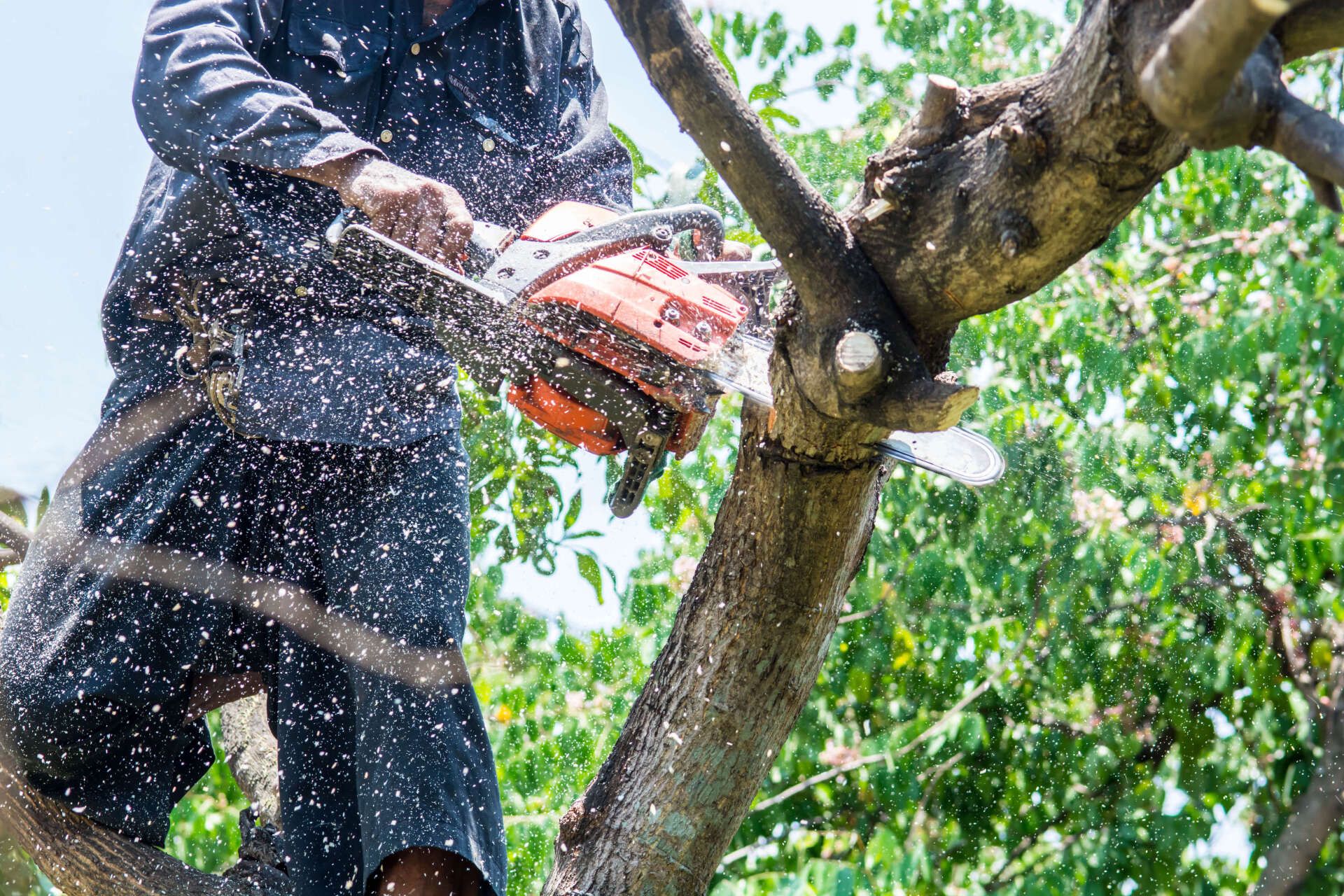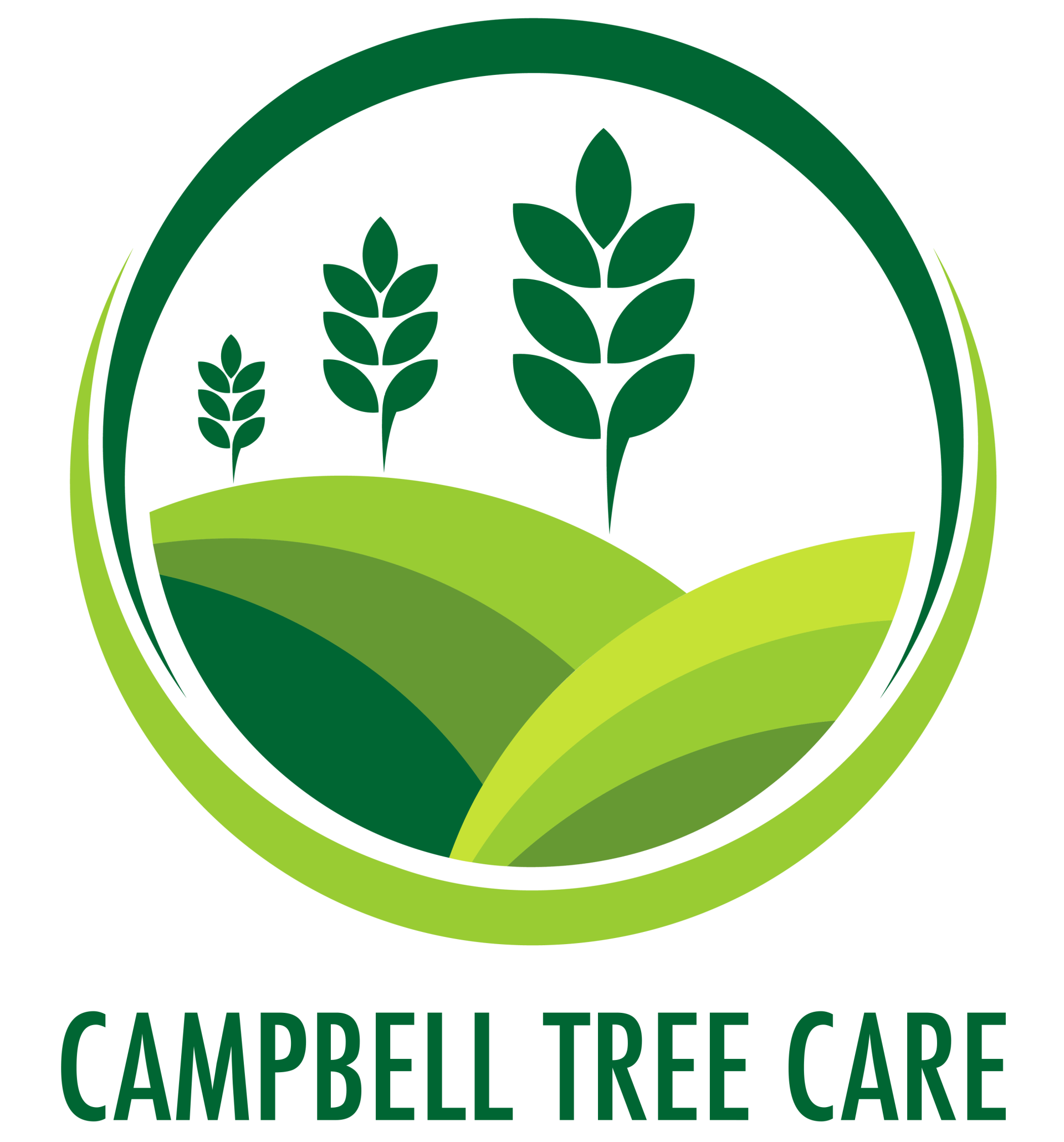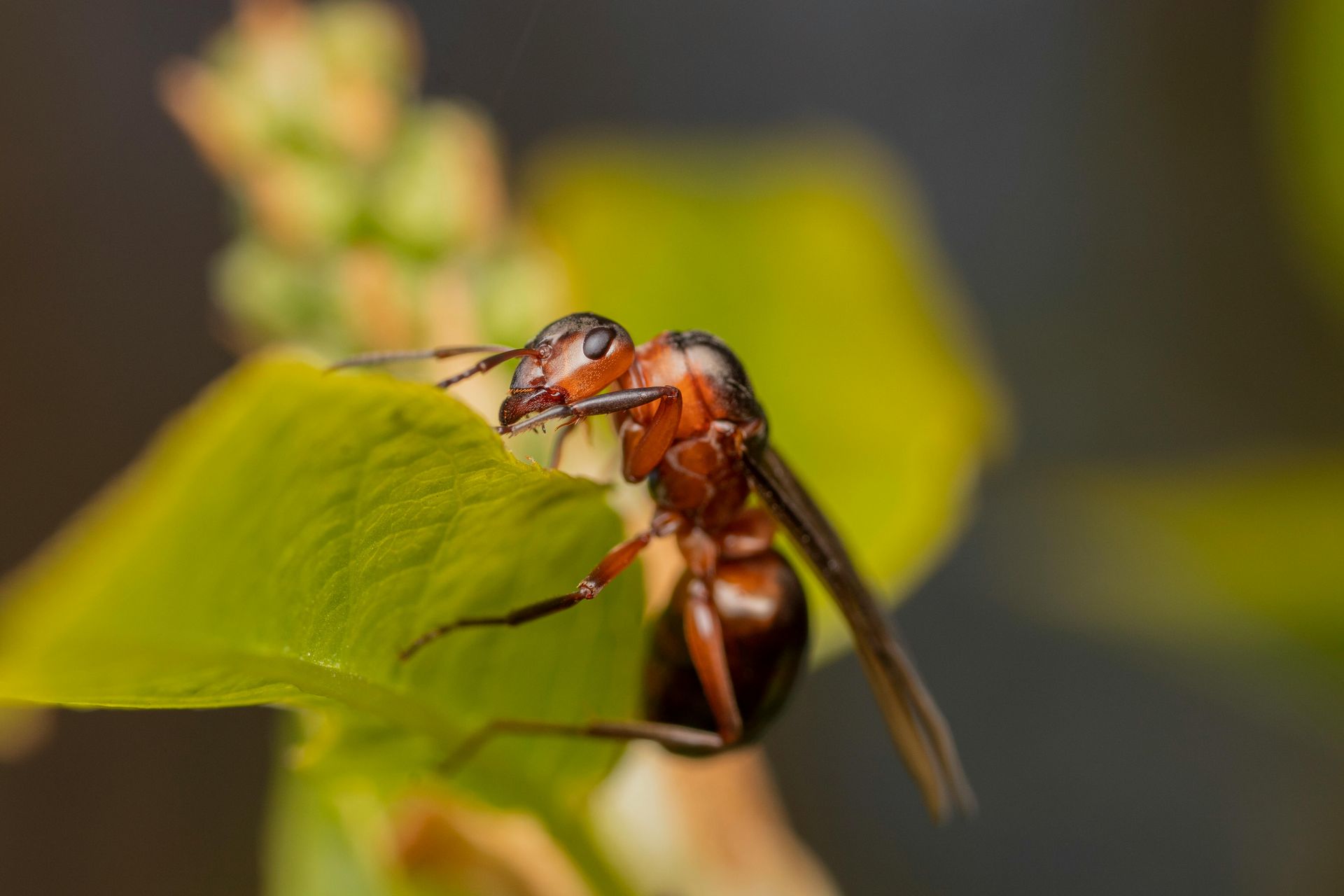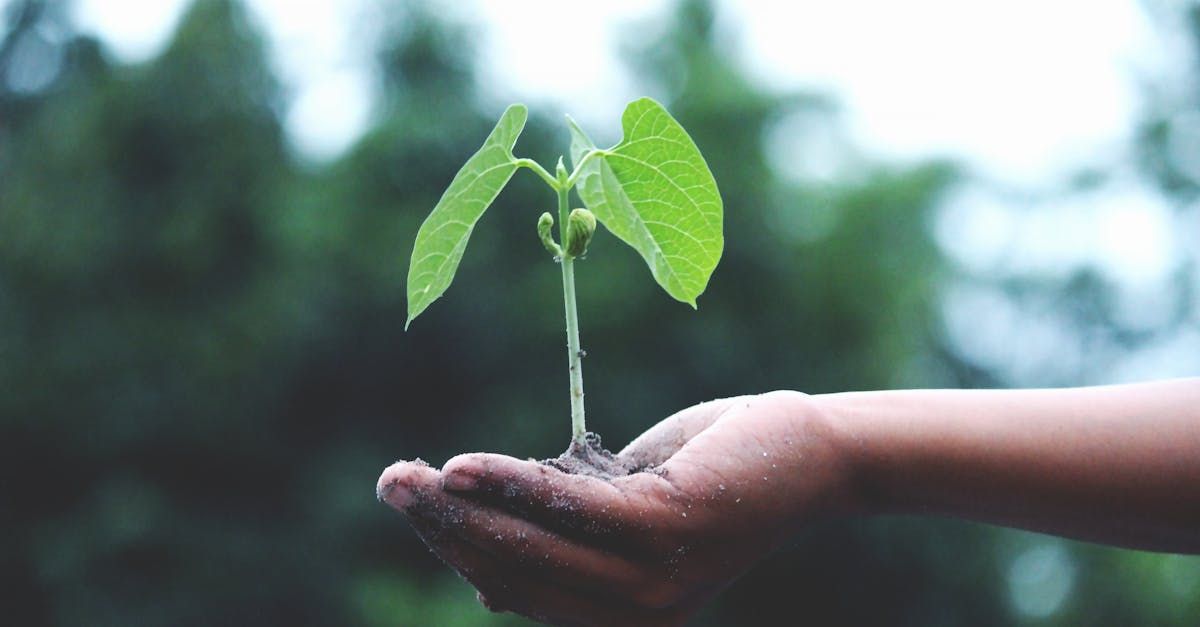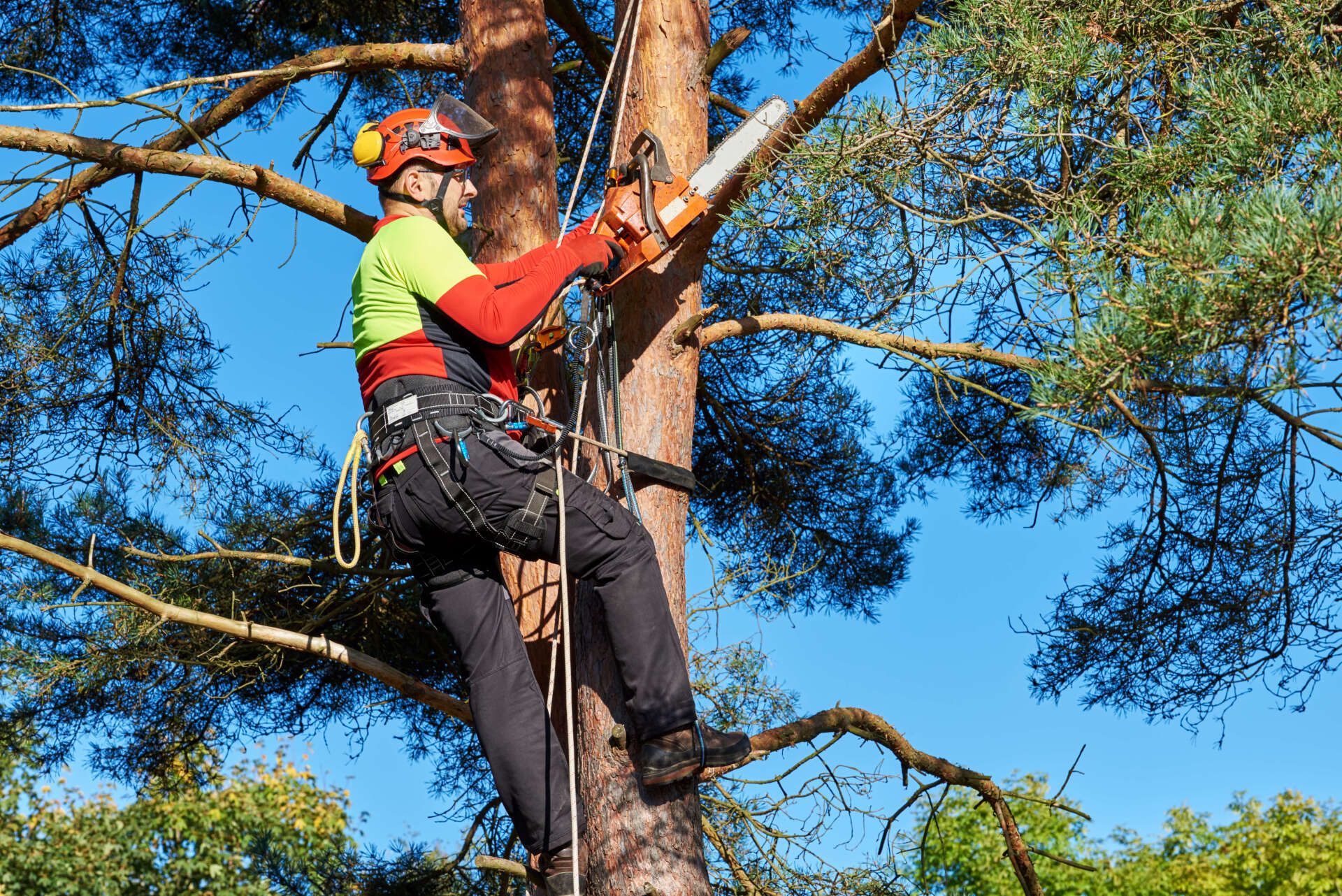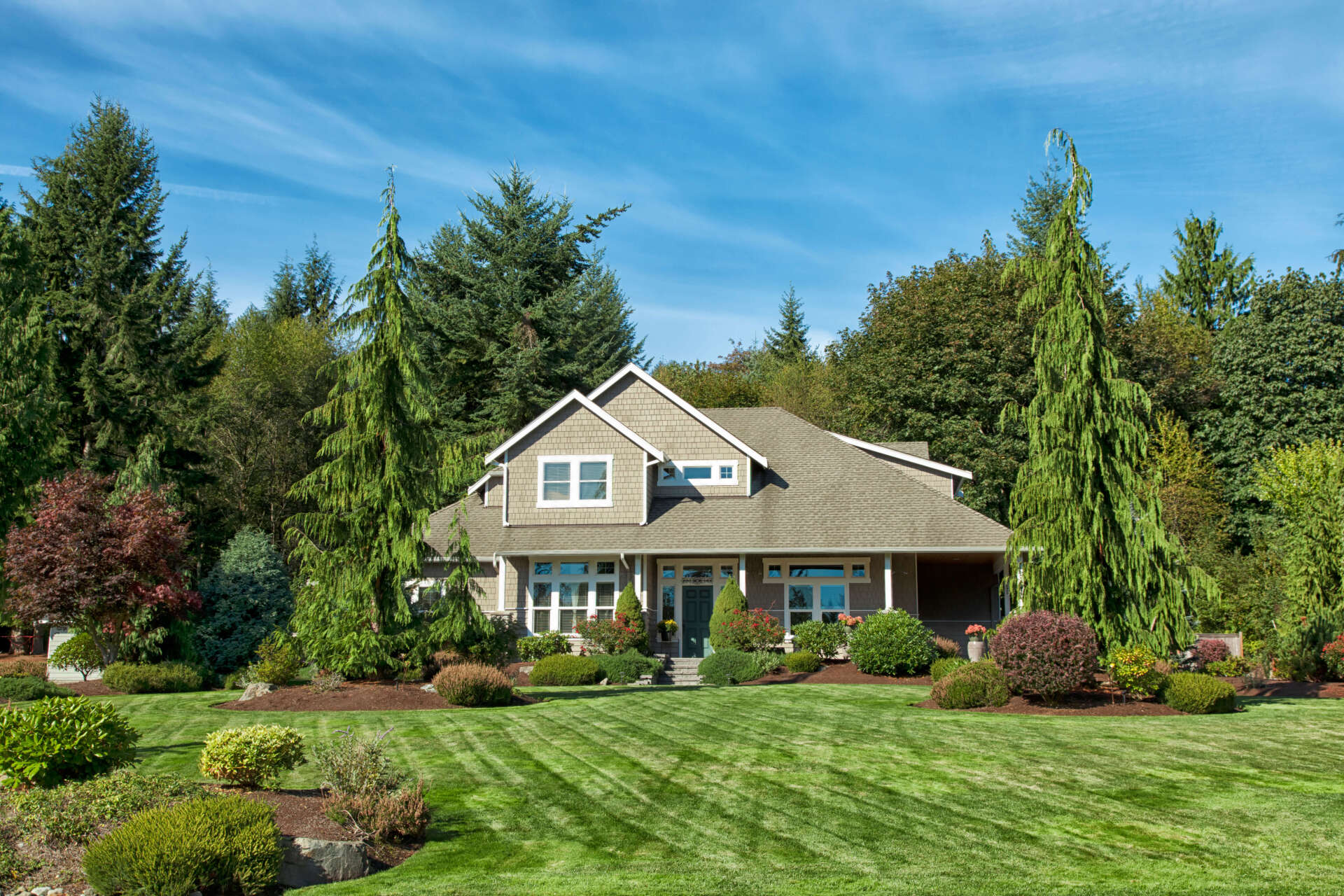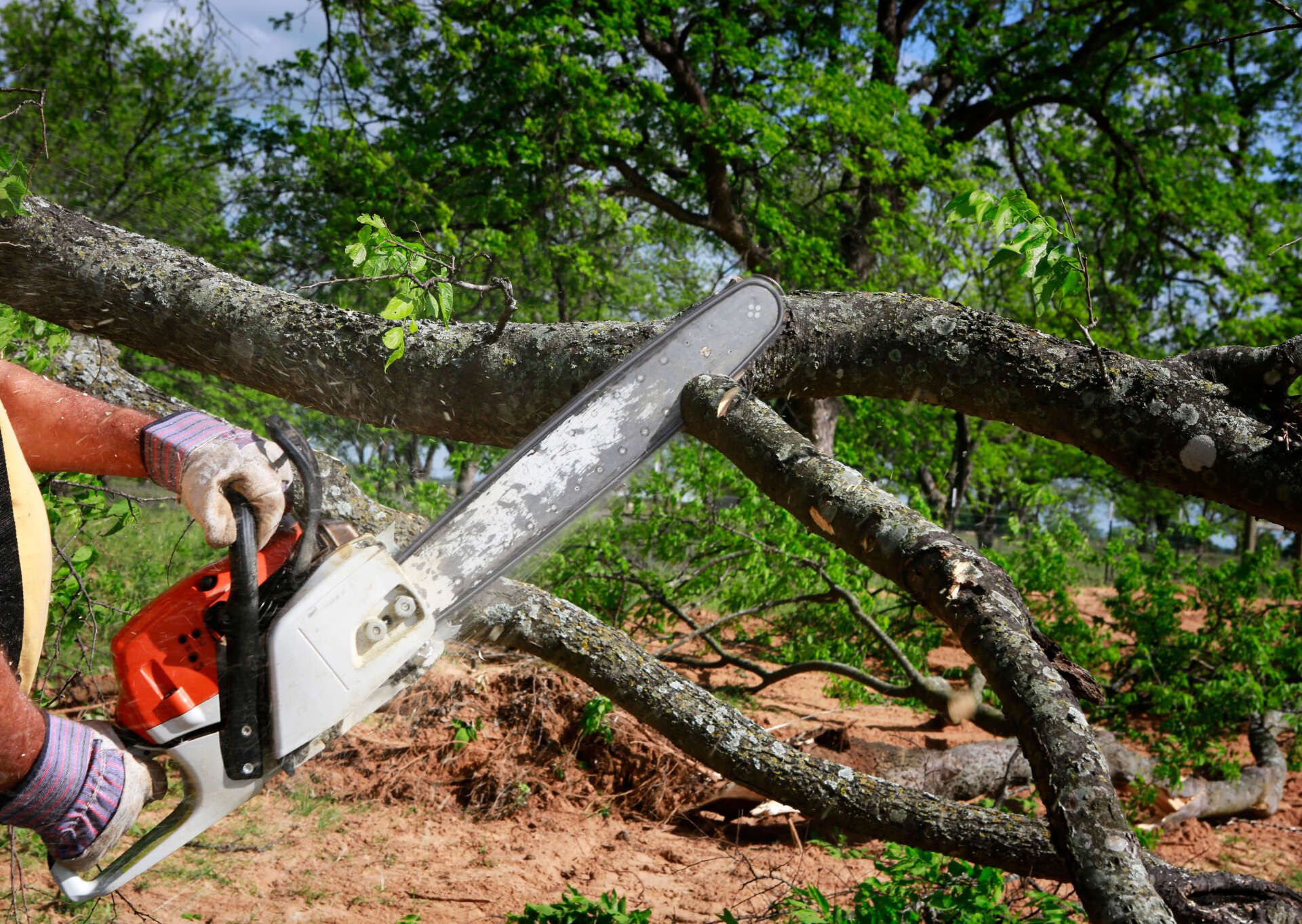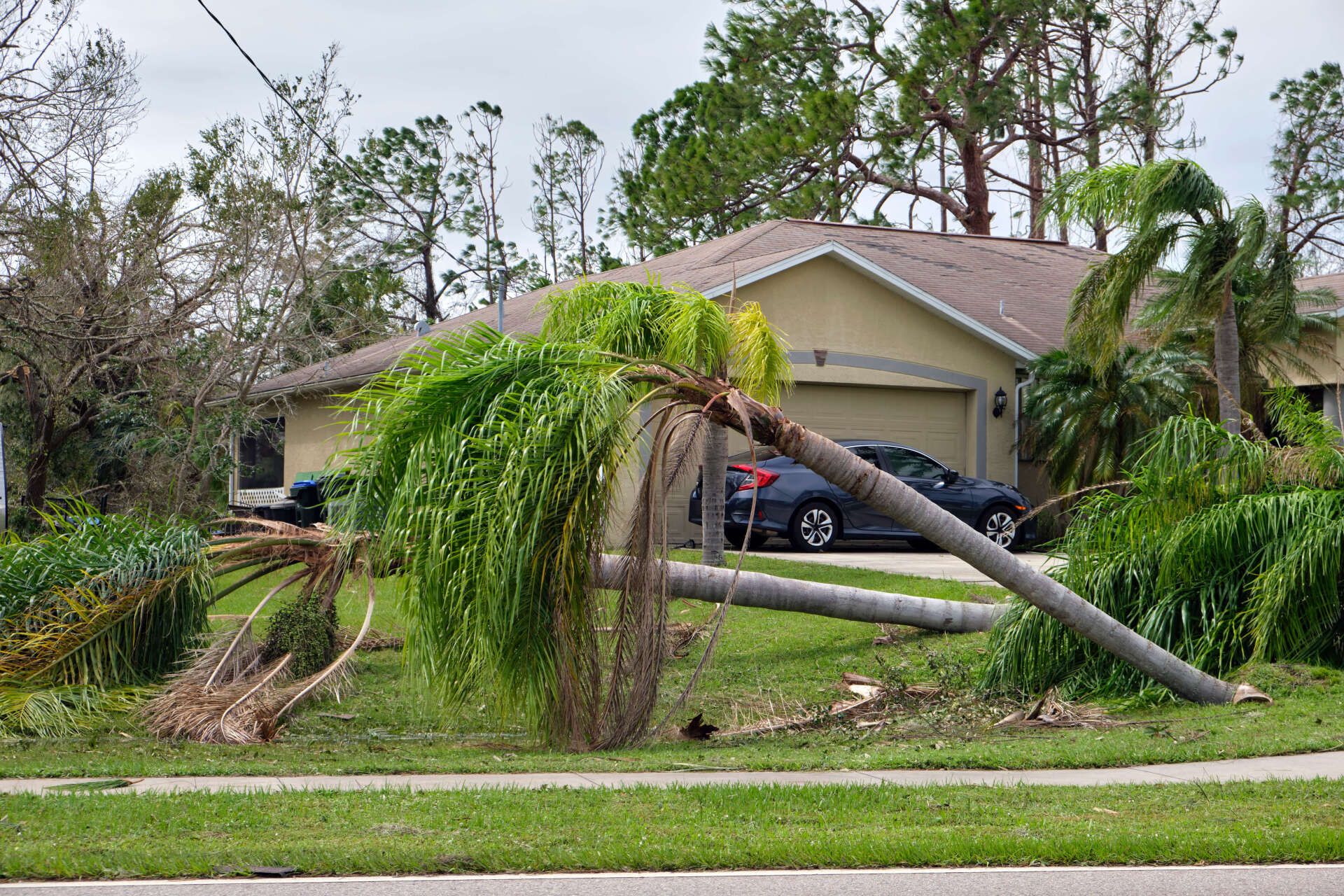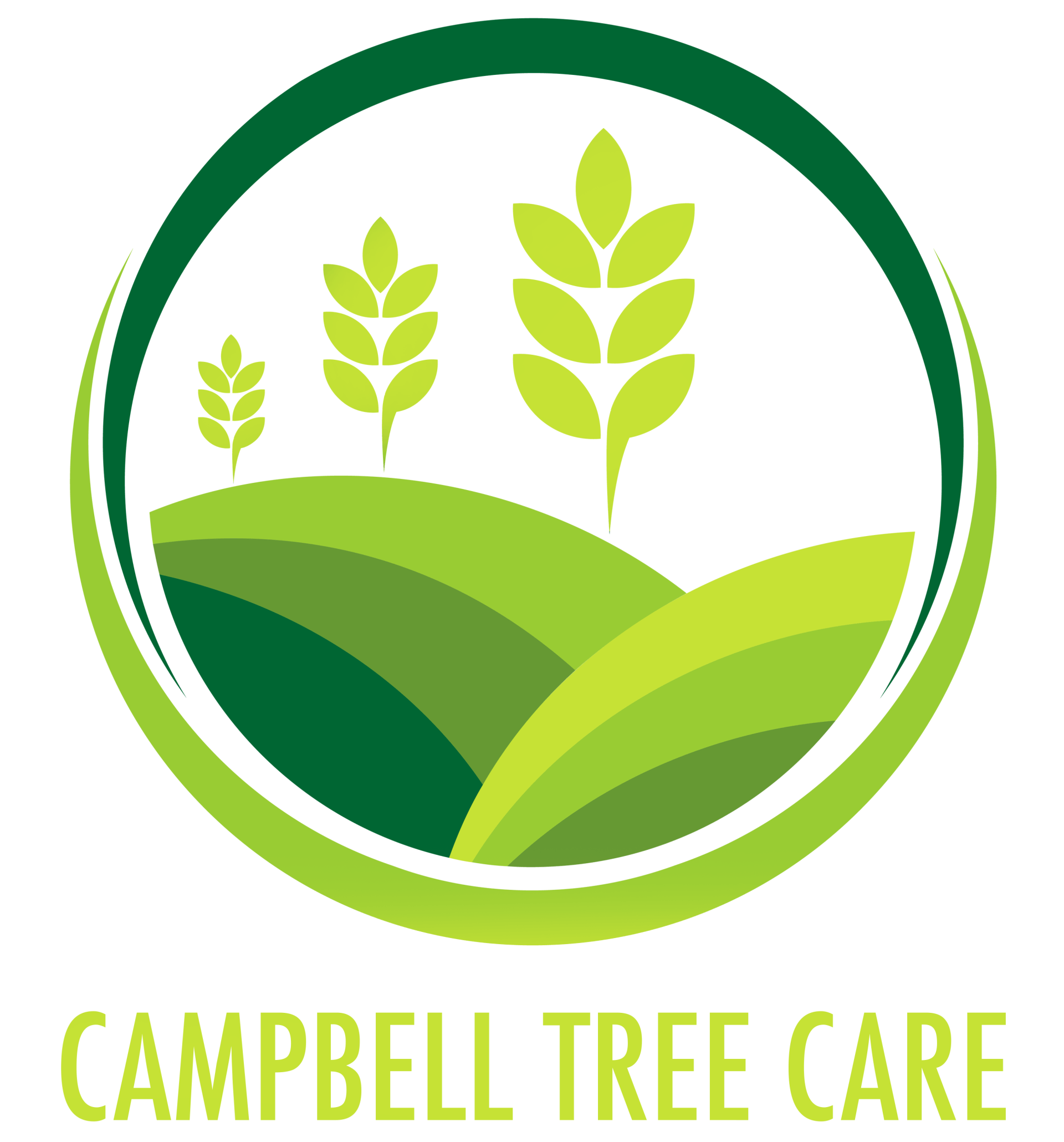How Trees Contribute to Urban Environments
Urban areas, with their sprawling infrastructure and growing populations, often struggle with challenges such as air pollution, rising temperatures, and diminishing green spaces. Urban trees and forests are critical in addressing these issues, offering significant environmental benefits that enhance the quality of life for urban residents. Let’s explore how trees contribute to urban environments and the pivotal role they play in fostering sustainable urban development.

The Role of Trees in Urban Landscapes
1. Enhancing Air Quality
Trees are essential for improving air quality in urban environments by absorbing carbon dioxide and filtering harmful pollutants like nitrogen dioxide and particulate matter. Their leaves and bark trap dust and emissions, reducing air pollution and improving health for urban residents. Street trees, especially in high-traffic areas, act as natural barriers, mitigating respiratory and cardiovascular risks.
A well-maintained urban tree canopy provides year-round filtration of pollutants while also cooling the air, which reduces ground-level ozone. Expanding urban forests and integrating diverse tree species in urban planning not only cleans the air but also lowers healthcare costs by preventing pollution-related illnesses. Investing in trees is a crucial step toward healthier cities.
2. Mitigating the Urban Heat Island Effect
The urban heat island effect makes cities hotter than surrounding rural areas due to heat-retaining surfaces like concrete and asphalt. Urban trees provide shade and release moisture through transpiration, cooling these areas and reducing reliance on air conditioning. Tree cover along streets and in parks helps lower surface and air temperatures, offering relief during heat waves.
Strategically planted street trees and a robust urban tree canopy lead to significant energy savings by reducing cooling costs. Incorporating trees into urban planning is an effective way to combat rising temperatures, making cities more comfortable and resilient in the face of climate change.
3. Managing Stormwater Runoff and Preventing Soil Erosion
Tree roots play a crucial role in absorbing water, reducing stormwater runoff, and lowering the risk of urban flooding. By stabilizing soil, trees prevent soil erosion, which protects infrastructure and ensures cleaner waterways in urban areas. Expanding urban tree cover in urban green spaces improves water absorption, reducing the strain on drainage systems. Incorporating trees into urban development creates resilient landscapes that manage water flow more effectively while enhancing the aesthetic and ecological value of cities.
4. Promoting Mental Health and Well-being
Access to urban green spaces with ample tree cover plays a significant role in enhancing the mental health of urban residents. Research shows that spending time in areas with street trees can reduce stress levels, lower anxiety, and improve overall mood. These spaces act as retreats from the noise and bustle of the urban environment, providing restorative benefits that improve mental clarity and cognitive function.
Incorporating trees into urban planning creates opportunities for social interaction, physical activity, and relaxation, fostering a sense of community. Green, tree-filled spaces are particularly beneficial in combating urban challenges like loneliness and stress-related illnesses. The presence of diverse tree species in urban landscapes not only enhances visual appeal but also creates serene, shaded environments where people can unwind, contributing to healthier and happier cities.
The Importance of Urban Forests
Quantifying Urban Forest Structure
A well-planned urban forest is more than a collection of trees—it’s a strategically designed system that supports sustainable urban development. By quantifying urban forest structure, cities can identify gaps in tree cover and prioritize planting in underserved areas. This approach ensures a diverse range of tree species, increasing resilience against pests, diseases, and climate changes. Expanding urban tree cover not only enhances ecological balance but also contributes to economic benefits, such as raising property values and attracting investment to greener neighborhoods.
An optimized urban tree canopy also improves urban ecosystems by providing habitat for wildlife and mitigating urban challenges like heat and flooding. This detailed assessment of forest structure empowers urban forestry programs to implement targeted solutions, maximizing the long-term benefits of trees for urban residents and the environment alike.
Municipal and Environmental Benefits of Urban Forests
Forest service programs and urban forestry initiatives play a vital role in expanding and maintaining urban green spaces, focusing on the numerous municipal forest benefits trees offer. These programs address pressing issues like air pollution, urban heat, and stormwater runoff, while simultaneously enhancing the beauty and functionality of urban landscapes.
Urban forests are critical for combating climate change by absorbing carbon dioxide and lowering energy demands through natural cooling. Additionally, the trees’ ability to stabilize soil reduces soil erosion, supports biodiversity, and improves water quality in urban areas. Cities that invest in their urban forest structure create more sustainable, livable spaces while fostering environmental stewardship among their communities.
The Future of Urban Trees
To ensure sustainable urban development, cities must place a stronger emphasis on planting and nurturing trees. Expanding urban tree cover through organized initiatives like community tree-planting drives not only enhances green spaces but also fosters public involvement in environmental stewardship. Maintaining the health of existing street trees through proper pruning, disease management, and adequate watering is equally vital for preserving their benefits. Strategic planning for future tree growth, such as ensuring diverse tree species are planted, builds resilience against pests, climate shifts, and urban challenges.
Effective management of the urban forest structure requires thoughtful selection of a typical street tree that thrives in specific soil, climate, and space conditions. Incorporating these trees into urban planning ensures long-term ecological balance while enhancing the aesthetic appeal of urban landscapes. By prioritizing urban trees, cities can create robust urban ecosystems that improve air quality, reduce stormwater runoff, and provide shade, making them more livable and sustainable for future generations.
Conclusion
Trees are indispensable in shaping vibrant, sustainable, and healthy urban environments. Whether by improving air quality, reducing the urban heat island effect, or enhancing mental health through increased access to green spaces, the contributions of urban forests are undeniable. As cities continue to expand, embracing the environmental and societal benefits of trees will ensure thriving communities for generations to come.
By integrating thoughtful urban forestry practices into urban planning, we can build cities that not only accommodate growth but also foster a profound connection between people and nature.
About Campbell Tree Care
At Campbell Tree Care, we are dedicated to preserving the health and beauty of your trees. Specializing in a wide range of arboriculture services, we offer precision tree pruning, hedge trimming, mulching, stump grinding, and tree removal, all performed with the highest standards of care. Backed by years of industry expertise, our team of skilled professionals is committed to delivering exceptional results tailored to your specific needs.
Whether you’re a homeowner enhancing your outdoor retreat or a business owner maintaining a professional, green aesthetic, Campbell Tree Care is here to help. We provide expert residential and commercial tree care services, blending traditional practices with cutting-edge techniques and equipment. From encouraging healthy tree growth to creating vibrant, sustainable landscapes, we approach every project with a passion for excellence. Trust Campbell Tree Care to be your reliable partner in nurturing thriving, resilient green spaces.
